Trash pumps are portable pumps that are typically used for applications requiring the removal of large volumes of water, including soft and hard materials, mud, leaves, twigs, sand, and sludge. Most trash pumps are robust, portable centrifugal pumps with wider discharge openings and deeper impeller vanes than other pumps. Trash pumps can move hundreds, if not thousands, of gallons per minute and can process materials that have some suspended particulates that can clog other centrifugal pumps. Read More…
At Armstrong Fluid Technology, we pride ourselves on our expertise in designing and manufacturing innovative fluid management solutions, with a strong emphasis on centrifugal pumps. Our commitment to engineering excellence enables us to provide high-performance products that meet the diverse needs of our clients across various industries.
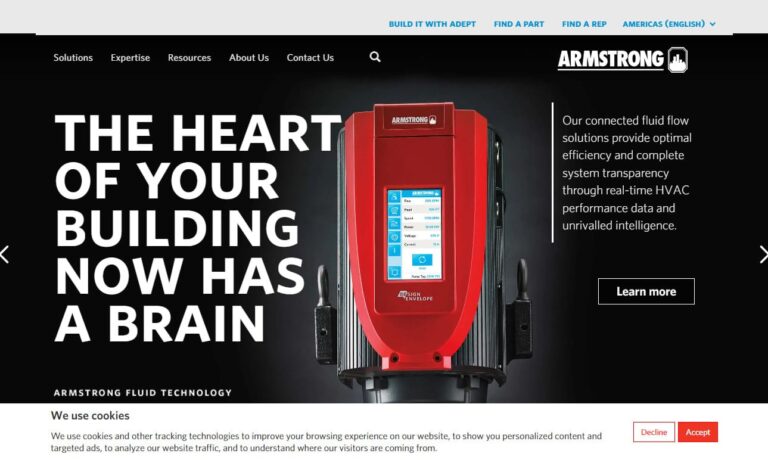
Fistam Pumps is driven by innovation. Manufacturing four lines of high quality centrifugal pumps, we consider the interaction of a pump and its system to develop the optimum solution for every client. Stainless steel ensures hygienic use for chemical and water pumps in any application. We invest in research and development so you can expect superior quality and performance in every Fristam pump.
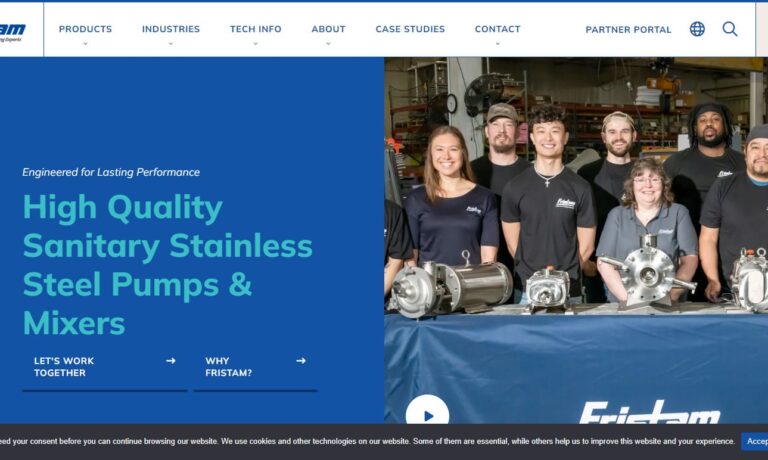
Triflo International, Inc. designs and manufactures solid separation equipment. The company’s products include shakers, desanders, desilters, mud cleaners, mud gas separators, vacuum degassers, and mud systems; and fast move mud systems, skidded mud systems/tanks, HDD and trenchless mud systems, dredging and dewatering systems, and solids control equipment, as well as soil washing, dewatering,...
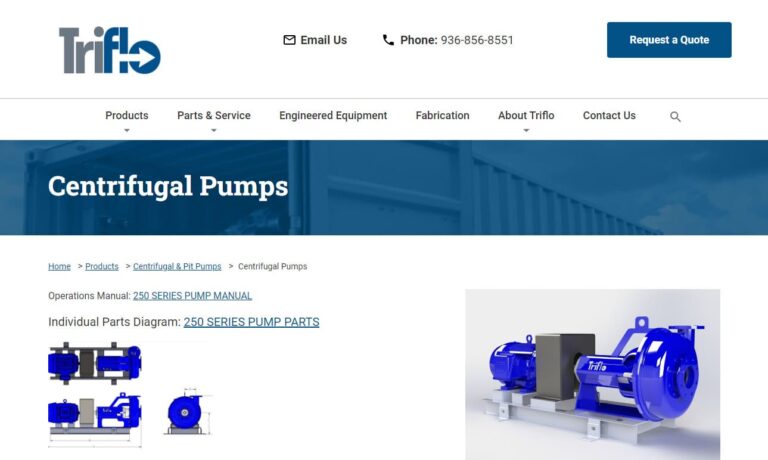
Tramco Pump is proud of our inventory and quick delivery of parts, pumps and custom designed systems. Our impressive line includes centrifugal pumps offering flows to 75,000 GPM heads to 2,200ft as well as vertical, sewage and sump, rotary, diaphragm pumps and more to ensure your needs are met. With testing, repair and preventative measures; Tramco delivers the best products with the best service.
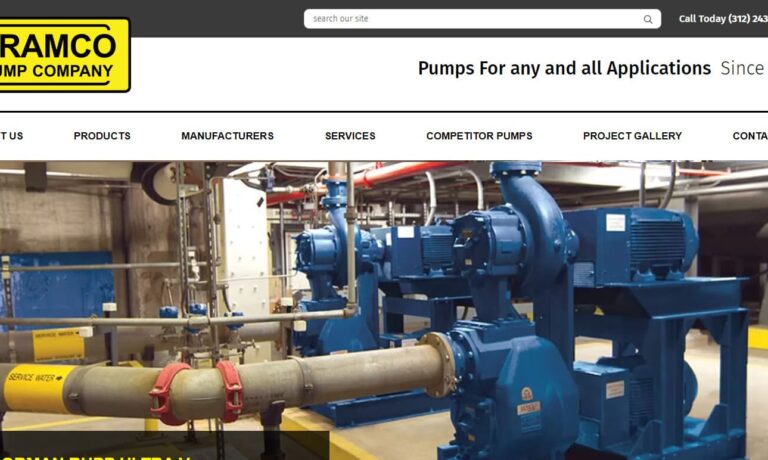
More Trash Pump Manufacturers

The trash pump does not grind the materials that it receives. Cast iron, aluminum, steel, and stainless steel are all possible materials used to construct trash pumps. Trash pumps use a big inlet and strong power to pick up debris while delivering maximum pressure and discharge flow. A trash pump can be powered by alternating electricity, direct current, compressed air, gas, diesel, or solar energy.
Trash Pump Working Principle
A trash pump draws contaminated water in and filters it before discharging it from the other end. This separation technique is performed differently depending on the type of pump. Centrifugal trash pumps are the most commonly utilized trash pump worldwide due to their portability and excellent efficiency.
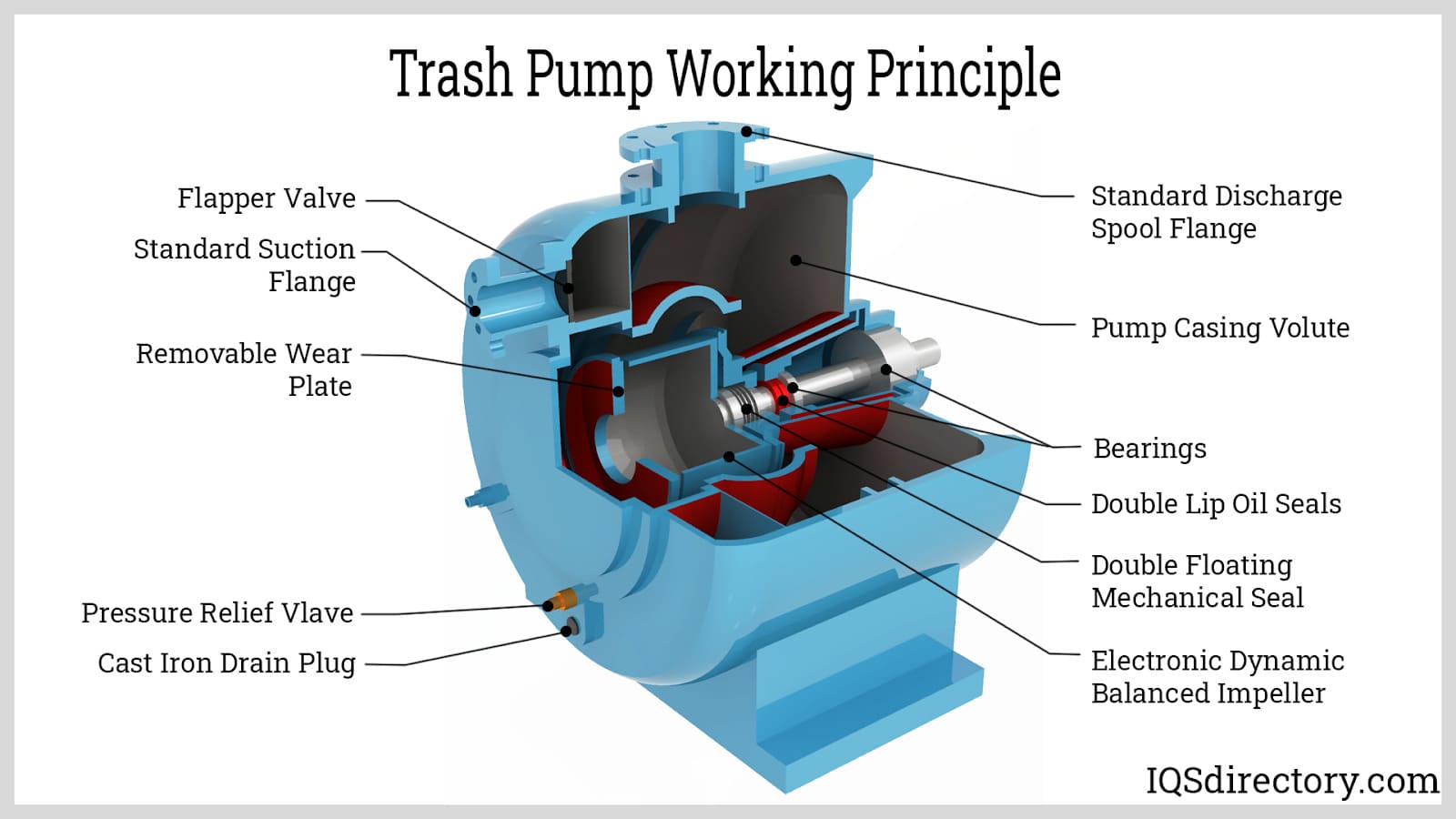
When a trash pump is operating, contaminated water is sucked in. By creating a low-pressure space inside the pump cavity, the pump sucks in the fluid. A trash pump’s impeller generates the water's kinetic energy. Water is moved axially and radially by the impeller blades' centrifugal force. To further compress the water, the filtered water is directed into the volute casing while the debris and other solid particles are transported toward the pump’s central hub.
The speed is converted into pressure energy via the volute case. This power aids in processing the fluid through the pump. A trash pump should be switched when water stops moving through a pipe. A trash pump should not be used to pump gasoline, caustic chemicals, or other fuels due to the damage these materials can have on the pump. Safety and mechanical issues could result from this process.
It is important to check the water’s temperature when using a trash pump. High-temperature water can cause cavitation issues (where static pressure forms pockets of vapor-filled cavities in a liquid), boil when pulled in, harm the pump's impeller, and have a high vapor pressure.
Major Features of Trash Pumps
Trash pumps have special capabilities that enable them to move enormous volumes of liquids that are heavily contaminated with particles and rubbish. These abilities are a result of their components; some of these components are discussed below.
Impeller
Trash pumps utilize an impeller, a revolving part of a centrifugal pump, which helps limit clogging. The impeller raises the liquid's pressure and flow by accelerating fluids away from the rotor. The fluid's increased pressure and flow decrease the likelihood of clogging. An impeller does not grind down the garbage and other debris; they are propelled out whole. The fibrous materials, solids, and grit are directed through the pump without grinding because of the liquid vortex the impeller generates in the casing.
Strainer
A pump may become clogged if materials enter that are greater than the pump’s capacity. Strainers are installed at the inlet of trash pumps to stop debris and other materials from entering which are larger than the pump's volume. It is also essential to make sure the strainer is always submerged for it to perform its job.
Self-Primer
Trash pumps self-prime. The priming process is performed in order to remove air and vapor from the pump and the suction line. The priming procedure entails pushing air out of the pump and replacing it with fluid, such as water. No pumping will occur if priming is not performed. A self-primer guarantees that there is always liquid in the priming chamber. If fluid levels need to be raised before starting an engine, a switch will be activated to indicate that manual priming must be performed.
Types of Trash Pumps
Although trash pumps all serve the same general purpose, variations exist to better serve specific applications. We examine a few trash pump varieties below.
Semi-Trash Pumps
Semi-trash pumps are pumps featuring smaller openings. Therefore, semi-trash pumps are not intended for use with large solids or high concentrations of solid material. Regular trash pumps are better suited for applications that need vigorous water pumping or for heavily-solidified slurries.

Progressive Cavity Pumps
A progressive cavity pump moves slurries and liquids with suspended materials. The liquid enters the storage tank after flowing from the pump's delivery side to its suction side. These pumps effectively move highly- viscous, slowly-moving materials while allowing the liquid to flow continuously from them. Progressive cavity pumps are relatively simple to clean and, as a result, are used in situations requiring greater hygienic standards.

Positive Displacement Pumps
Positive displacement pumps move fluids through pistons, gears, diaphragms, and other components. A vacuum is produced when a fluid enters their fixed chamber and is pumped out. This vacuum is also useful for moving objects. Displacement pumps work well when pumping viscous liquids under high pressure.
Syringe Pumps
Syringe pumps handle materials that need precise flow rates at precise times. The two types of syringe pumps are infusion pumps, which process fluid under tightly-controlled pressures, and withdrawal pumps, which are used to remove fluids.
Choosing the Proper Trash Pumps Manufacturer
To make sure you have the most constructive outcome when purchasing Trash Pumps from a Trash Pumps Company, it is important to compare at least 4 Companies using our list of Trash Pumps manufacturers. Each Trash Pumps Supplier has a business profile page that highlights their areas of experience and capabilities and a contact form to directly communicate with the manufacturer for more information or request a quote. Review each Trash Pumps business website using our proprietary website previewer to get an idea of what each business specializes in, and then use our simple RFQ form to contact multiple Trash Pumps companies with the same message.

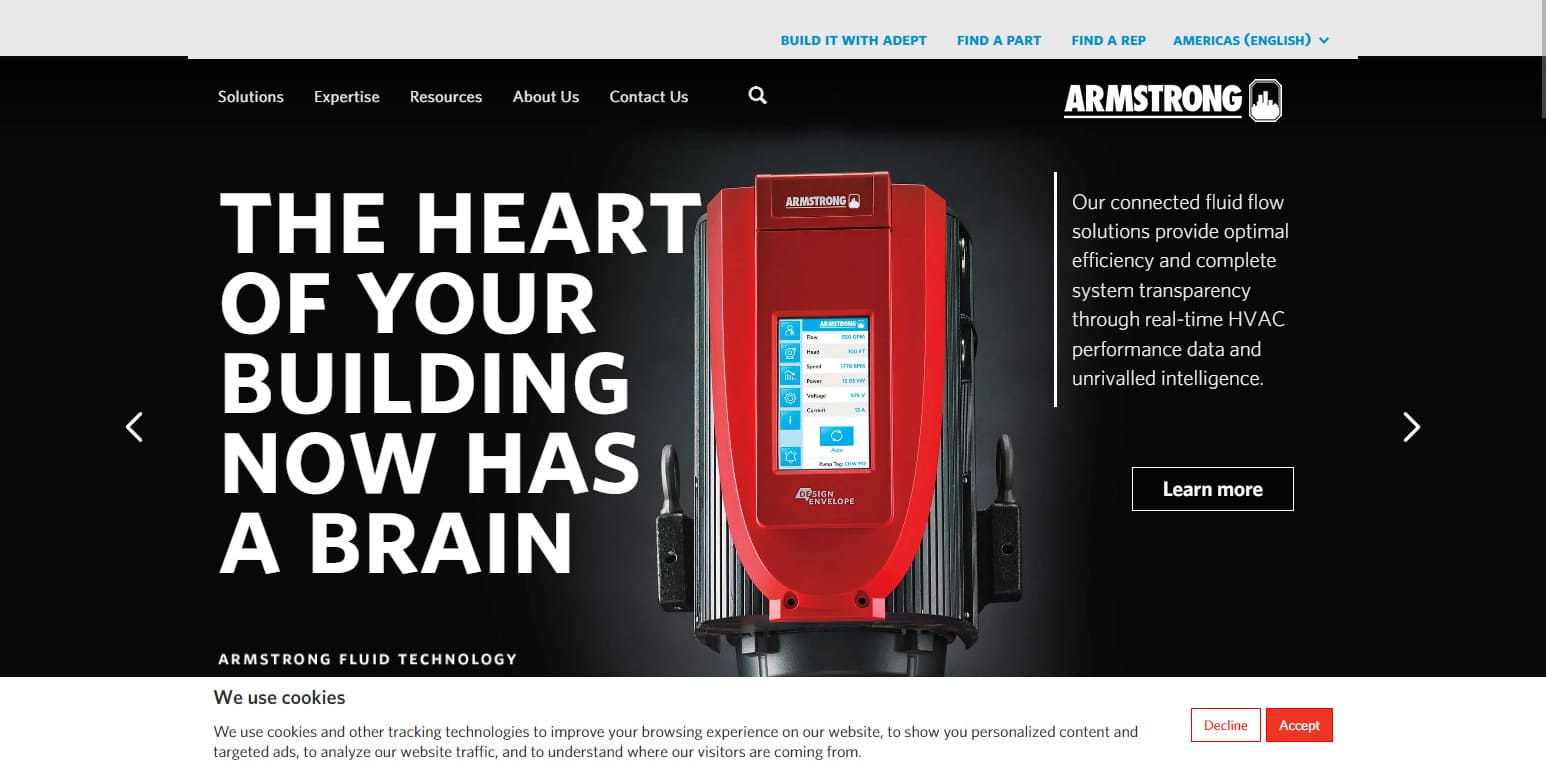

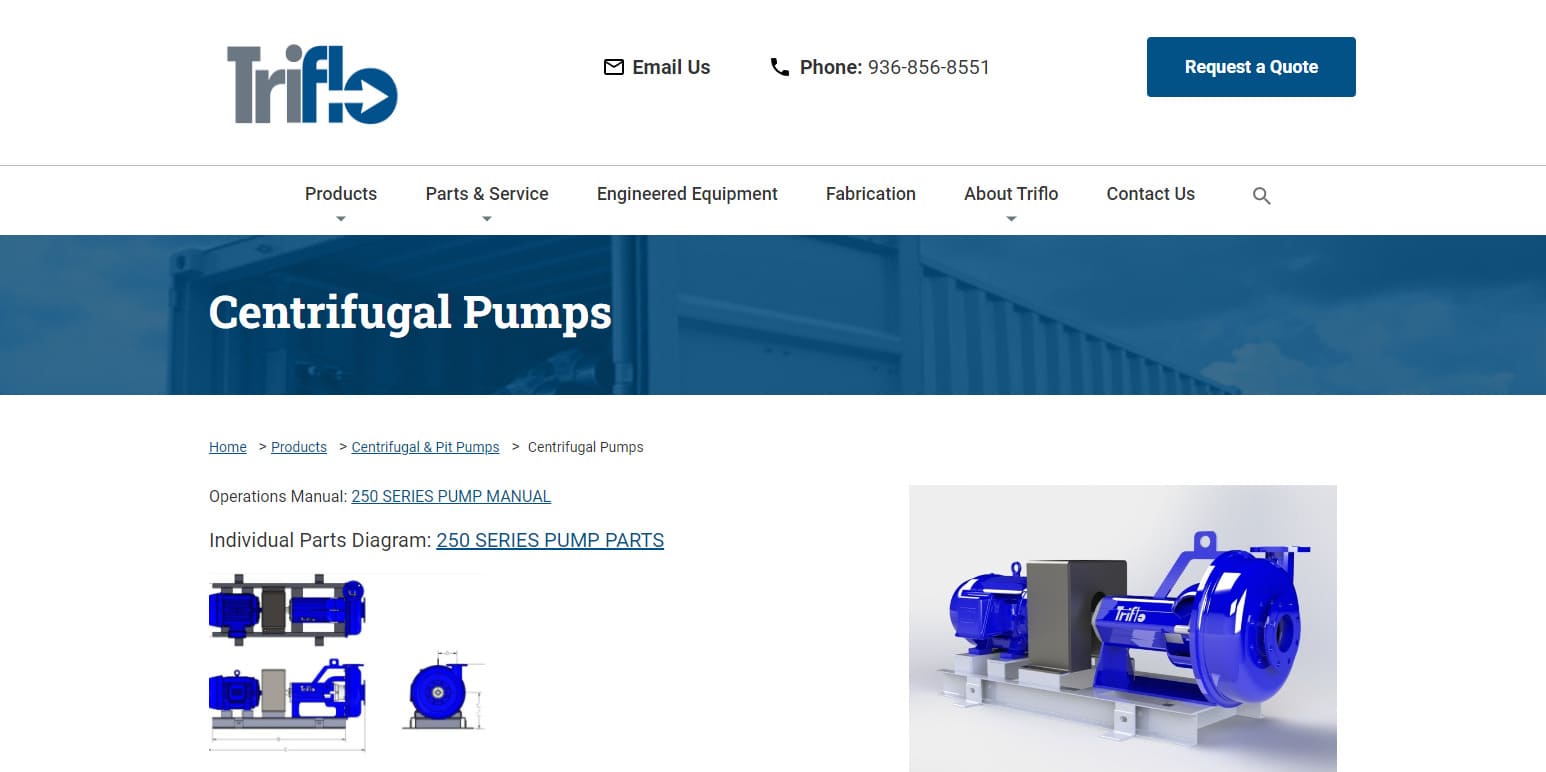
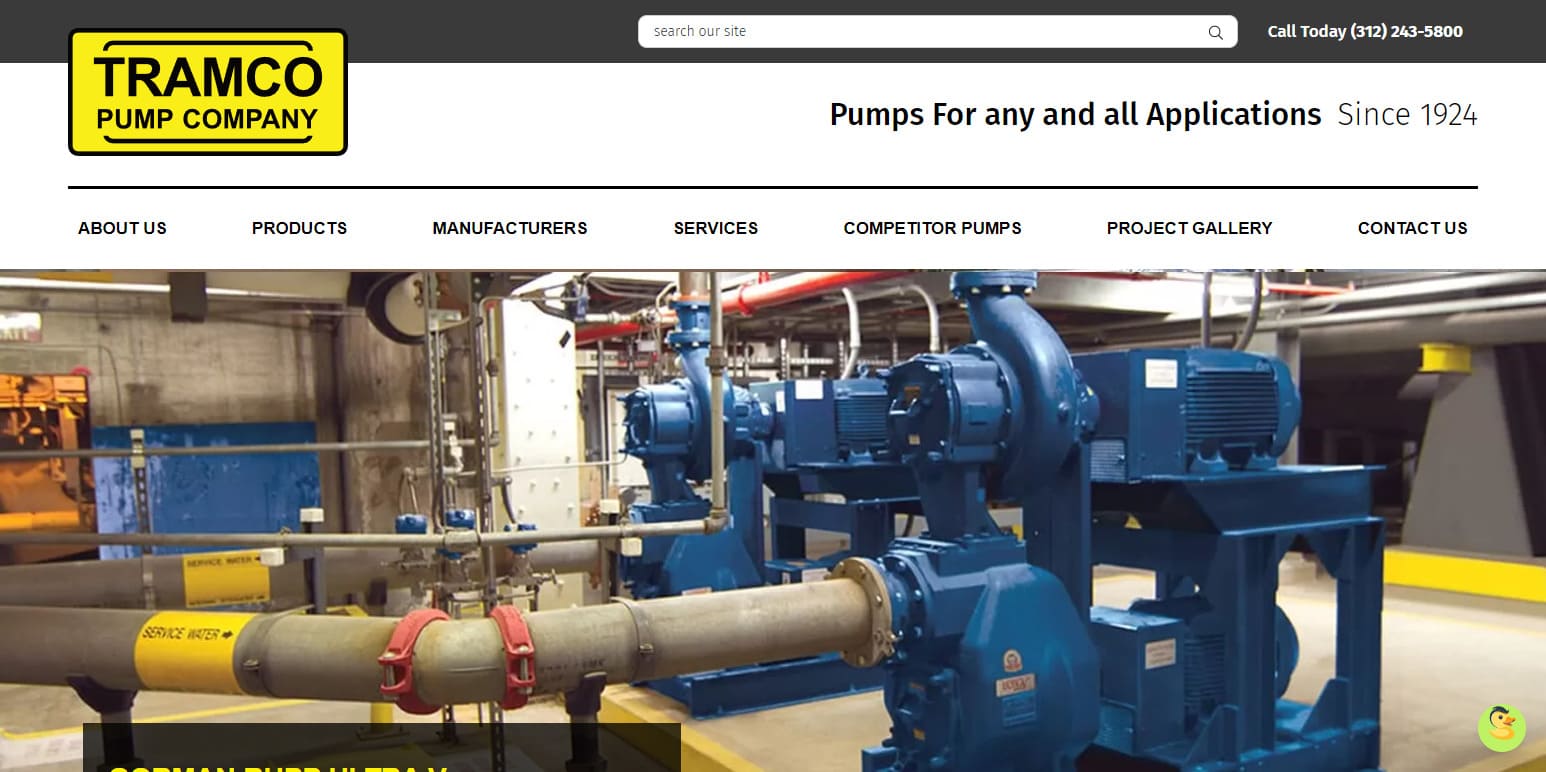
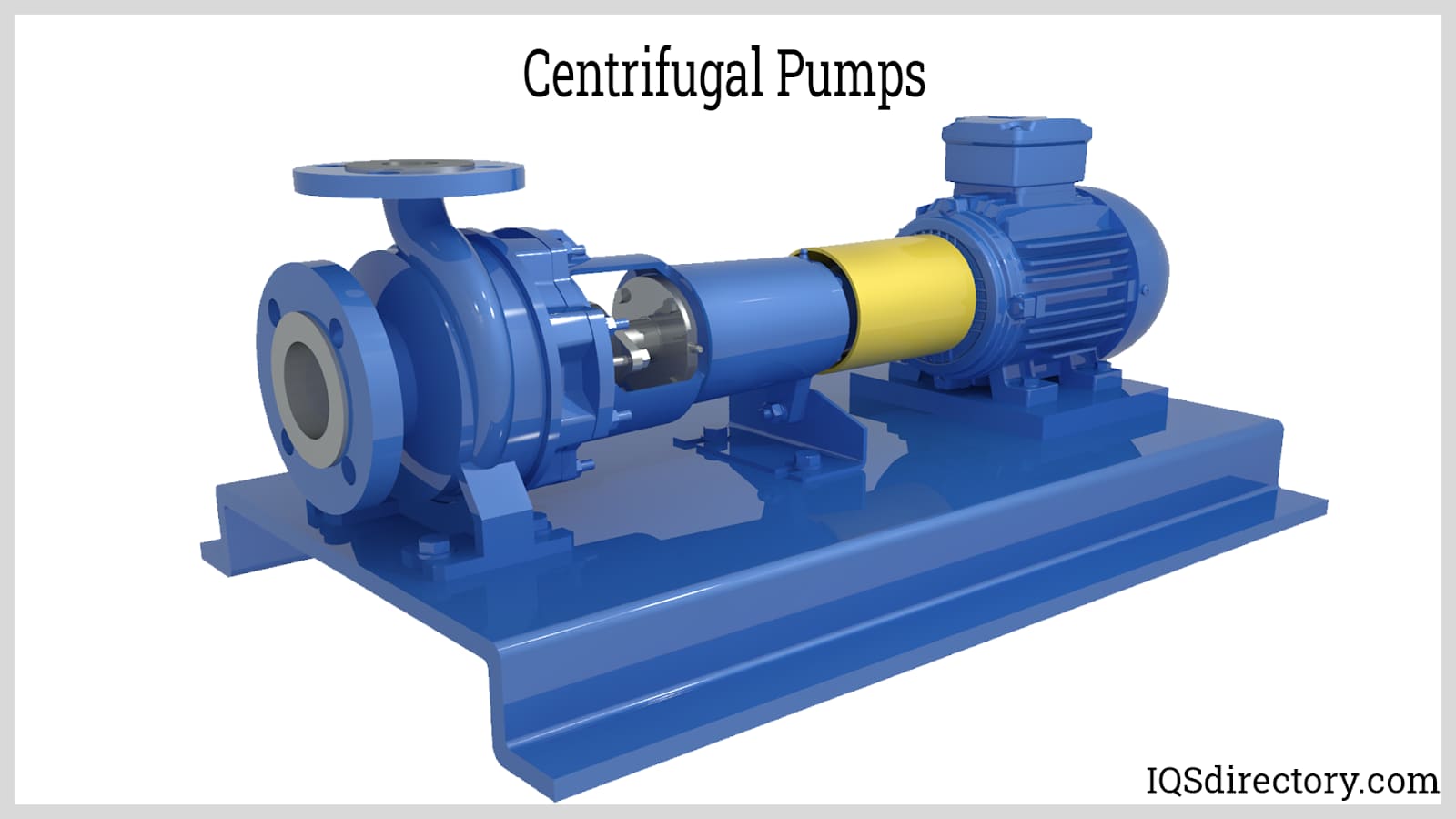
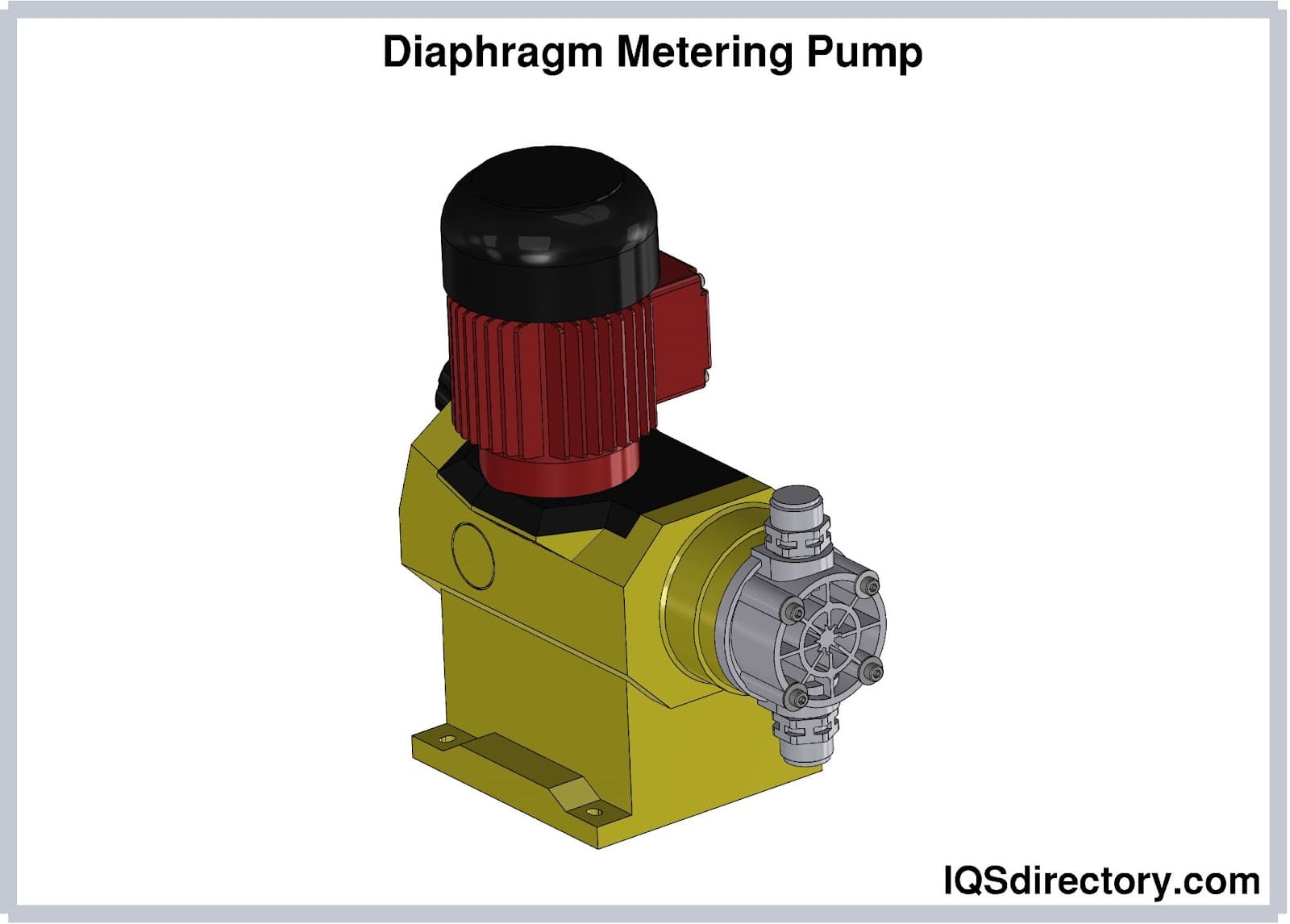
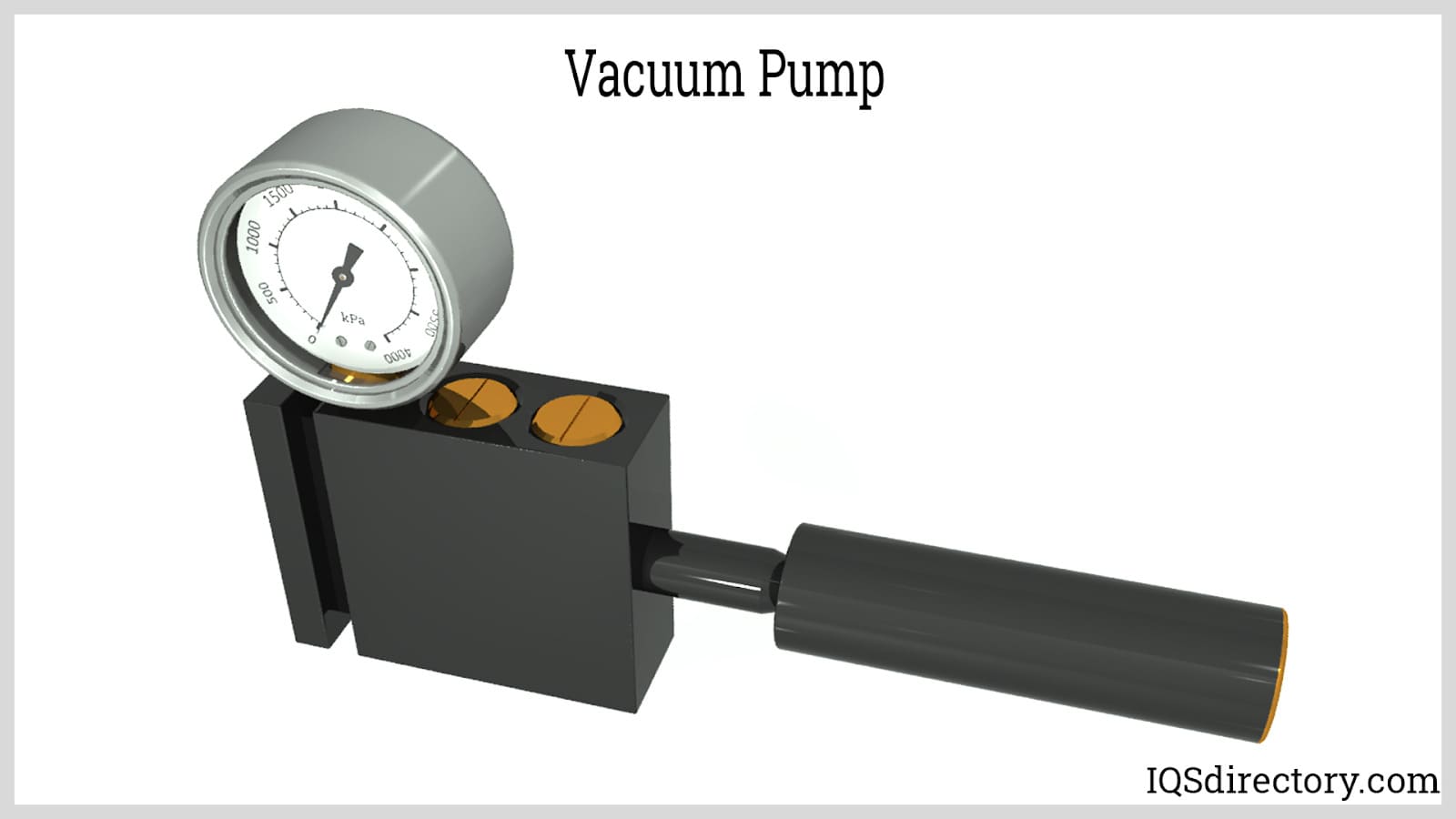
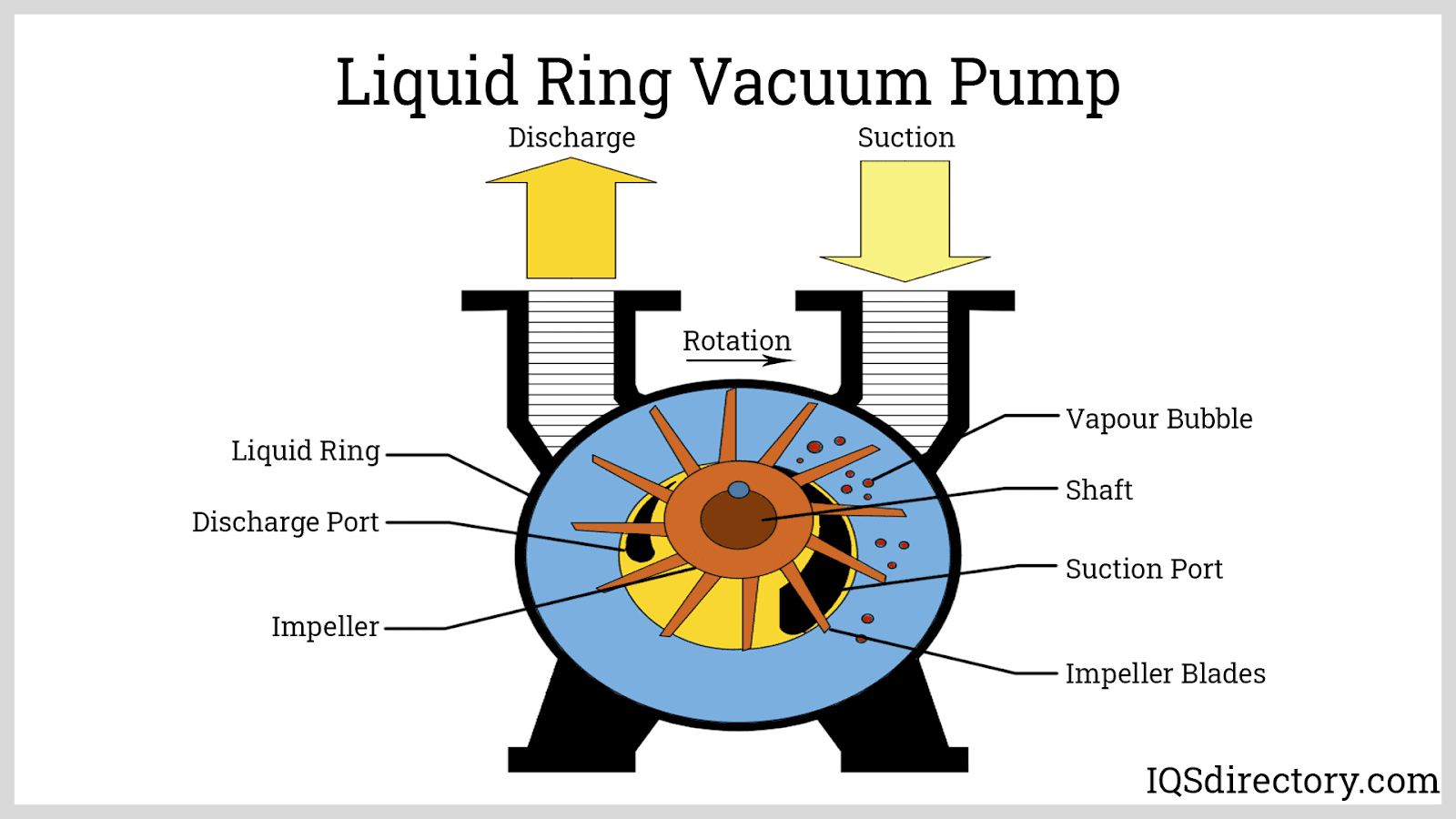
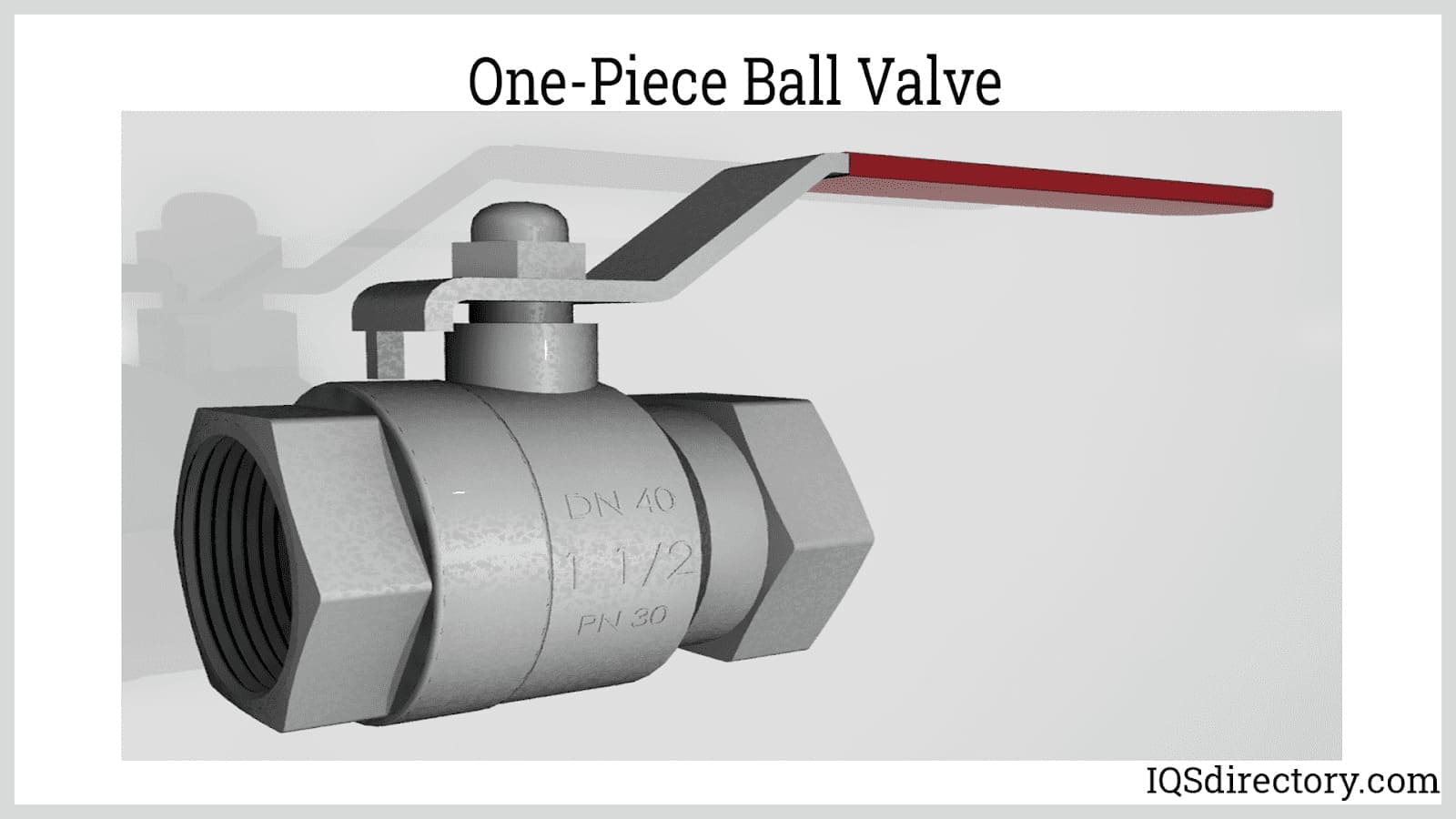
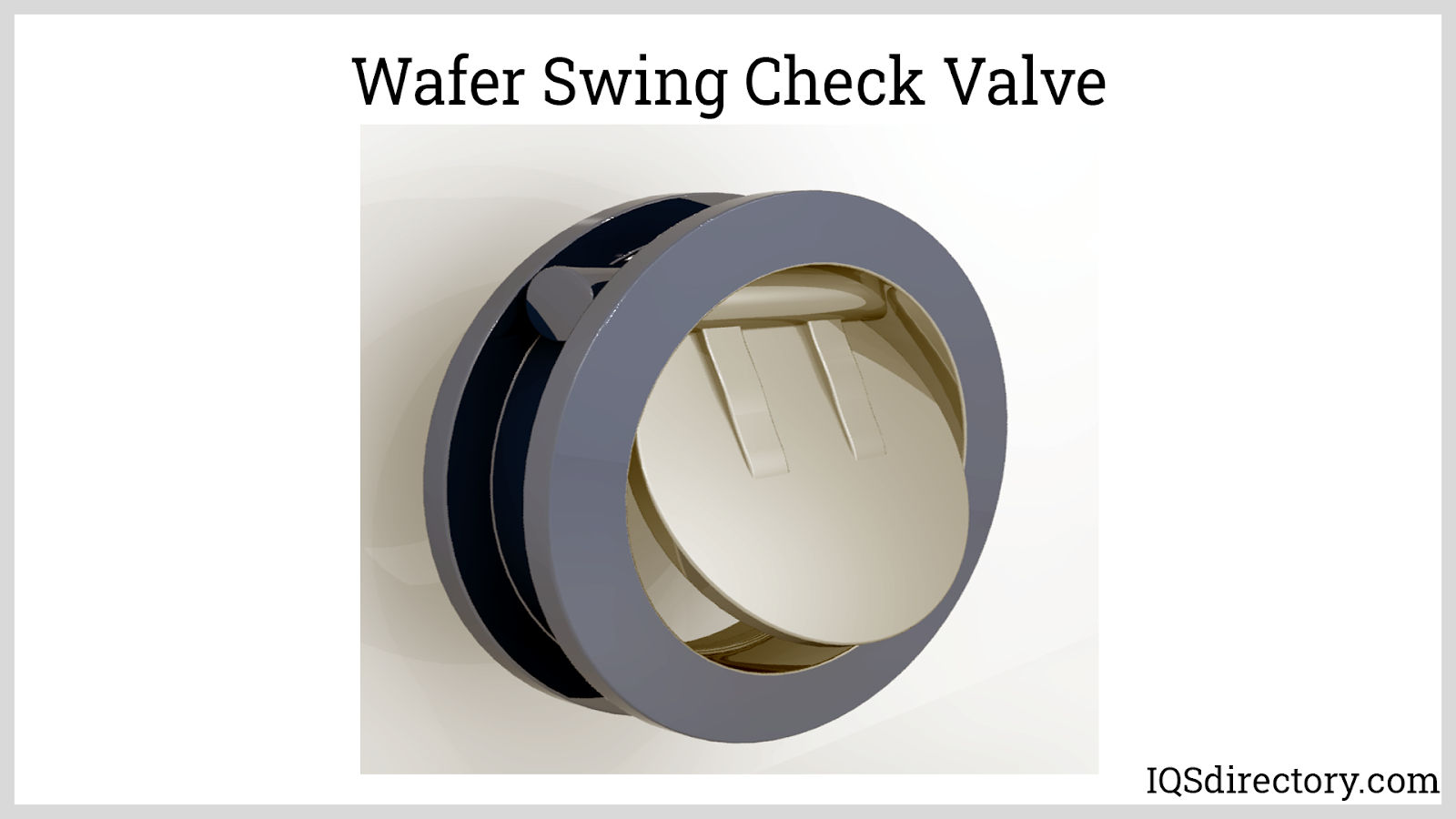
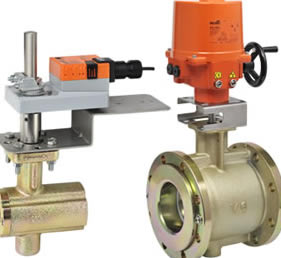 Ball Valves
Ball Valves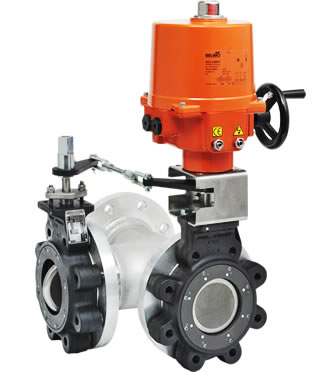 Butterfly Valves
Butterfly Valves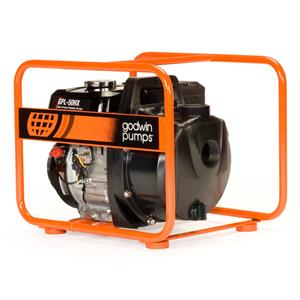 Centrifugal Pumps
Centrifugal Pumps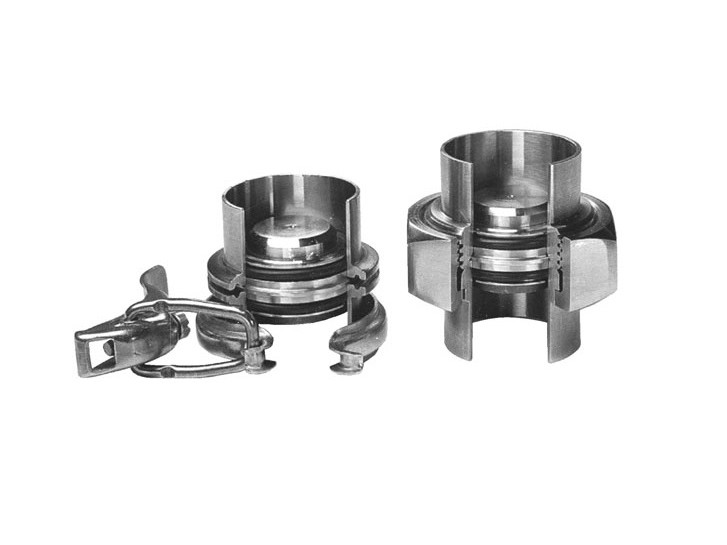 Check Valves
Check Valves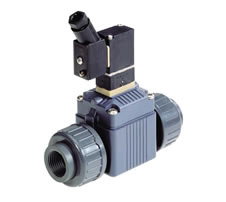 Diaphragm Valves
Diaphragm Valves Flow Meters
Flow Meters Hydraulic Pumps
Hydraulic Pumps Hydraulic Valves
Hydraulic Valves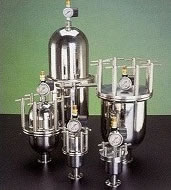 Metering Pumps
Metering Pumps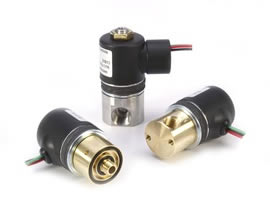 Solenoid Valves
Solenoid Valves Vacuum Pumps
Vacuum Pumps Castings & Forgings
Castings & Forgings Bulk Material Handling
Bulk Material Handling Electrical & Electronic Components
Electrical & Electronic Components Flow Instrumentation
Flow Instrumentation Hardware
Hardware Material Handling Equipment
Material Handling Equipment Metal Cutting Services
Metal Cutting Services Metal Forming Services
Metal Forming Services Metal Suppliers
Metal Suppliers Motion Control Products
Motion Control Products Plant & Facility Equipment
Plant & Facility Equipment Plant & Facility Supplies
Plant & Facility Supplies Plastic Molding Processes
Plastic Molding Processes Pumps & Valves
Pumps & Valves Recycling Equipment
Recycling Equipment Rubber Products & Services
Rubber Products & Services